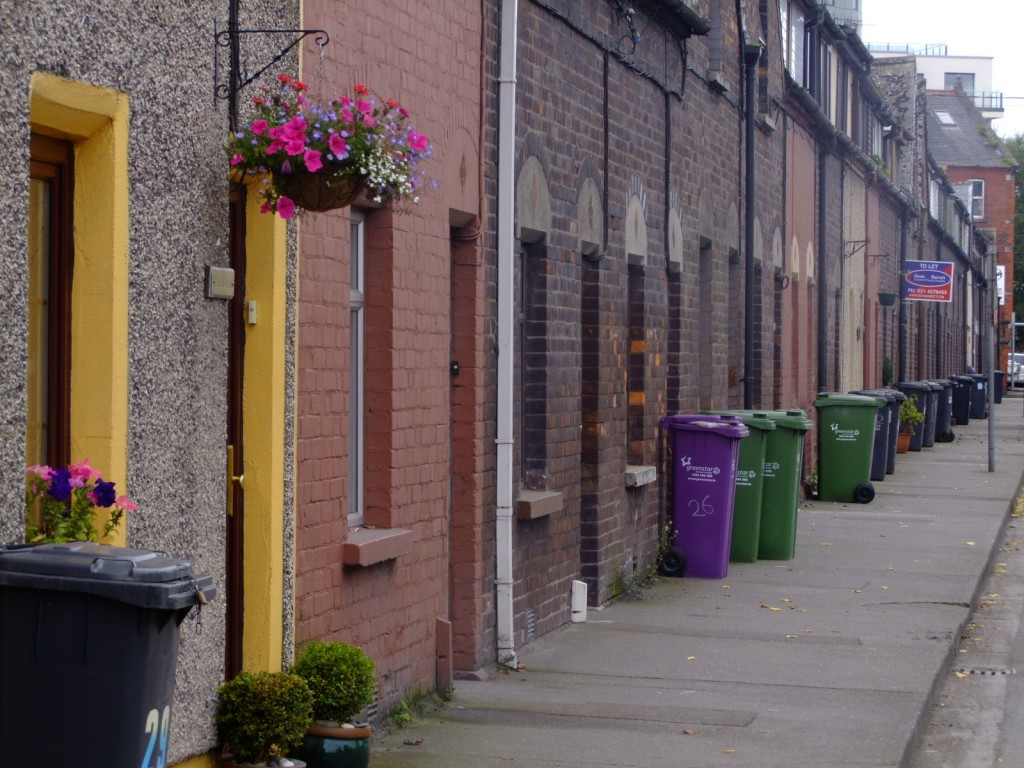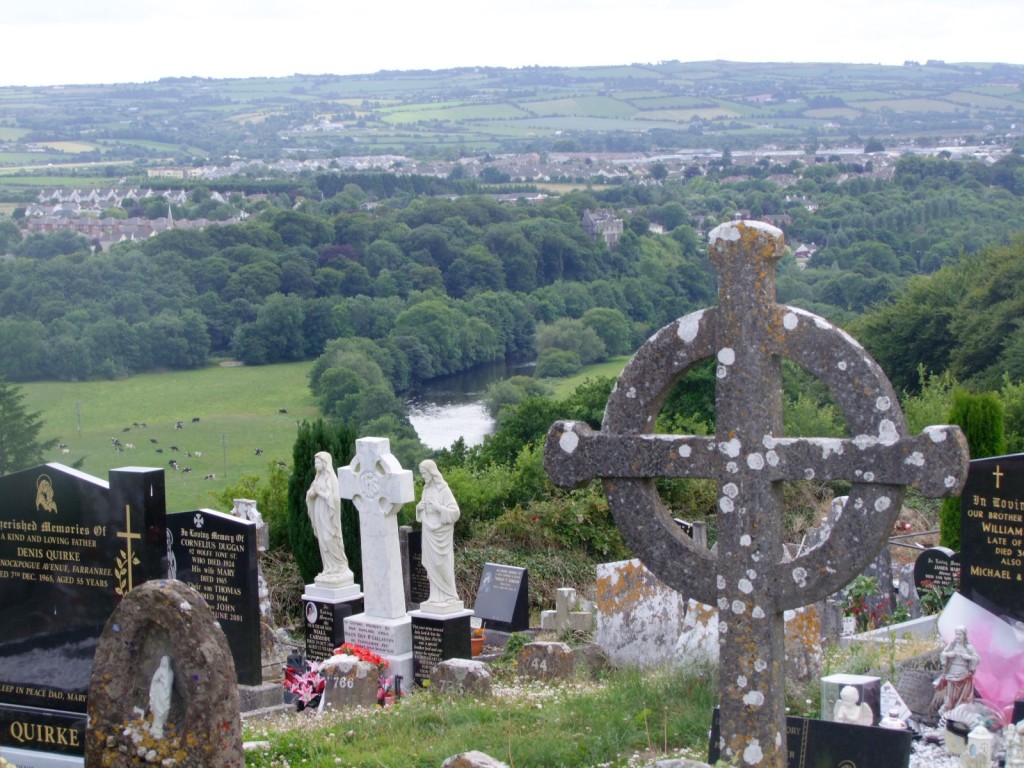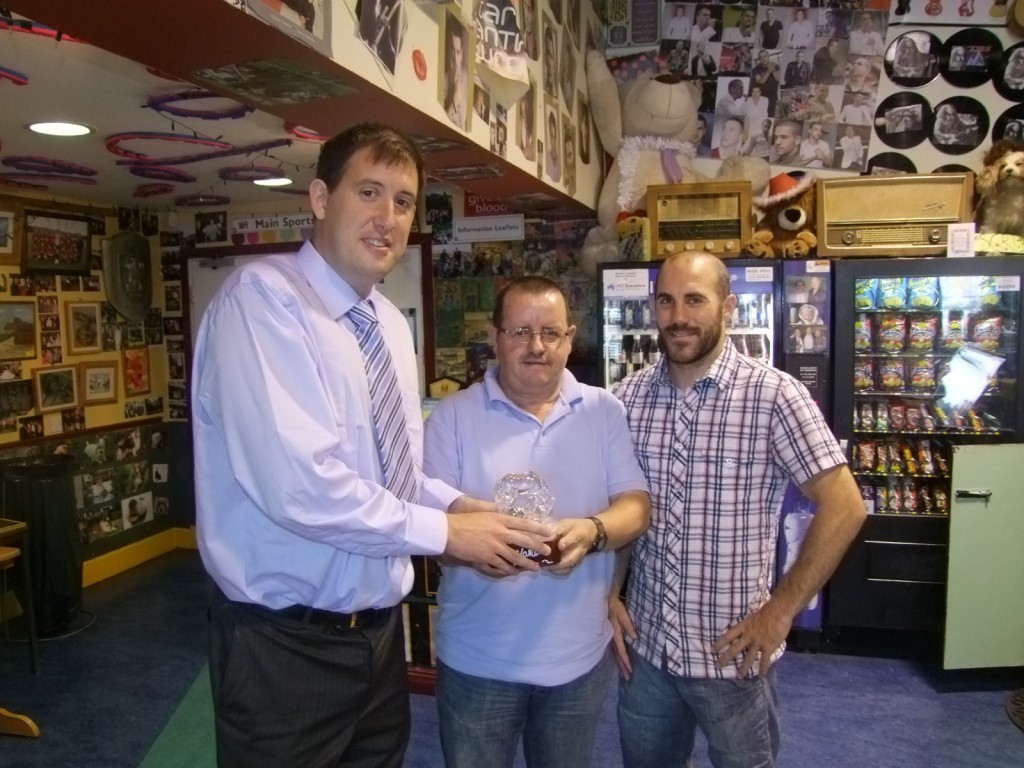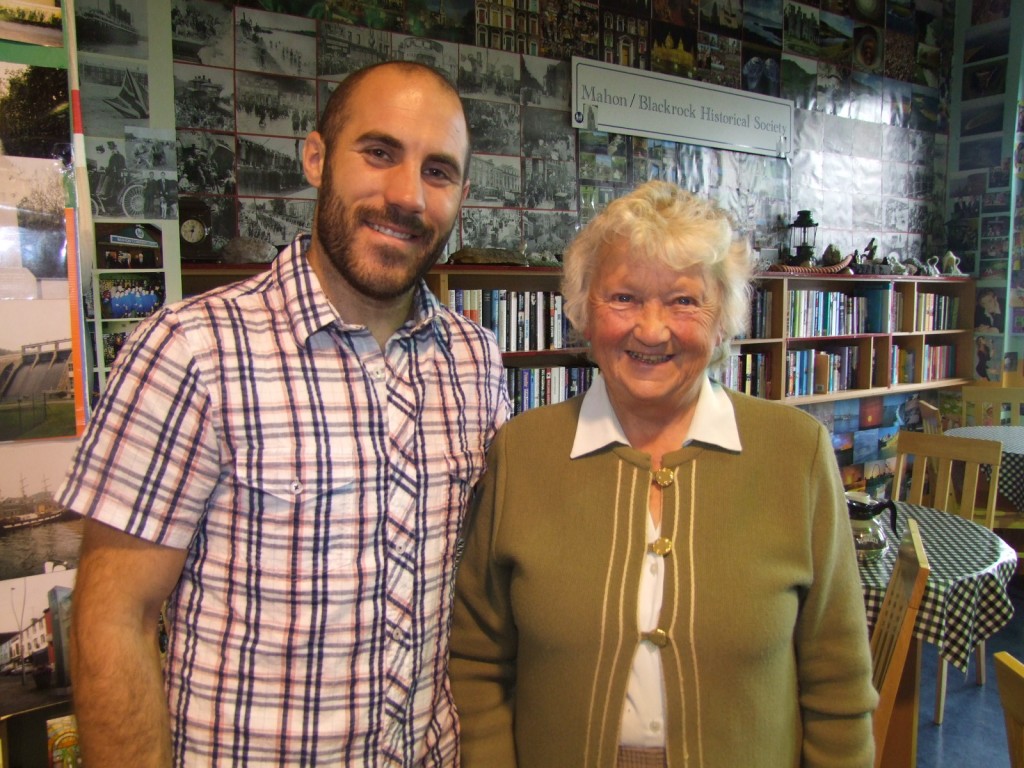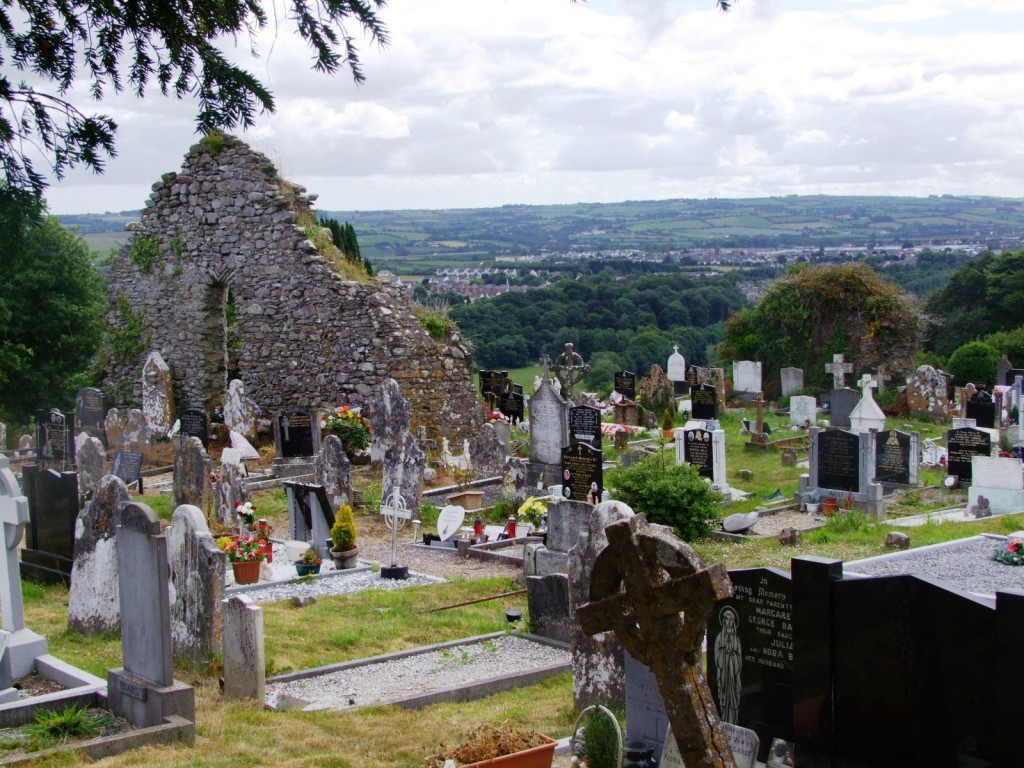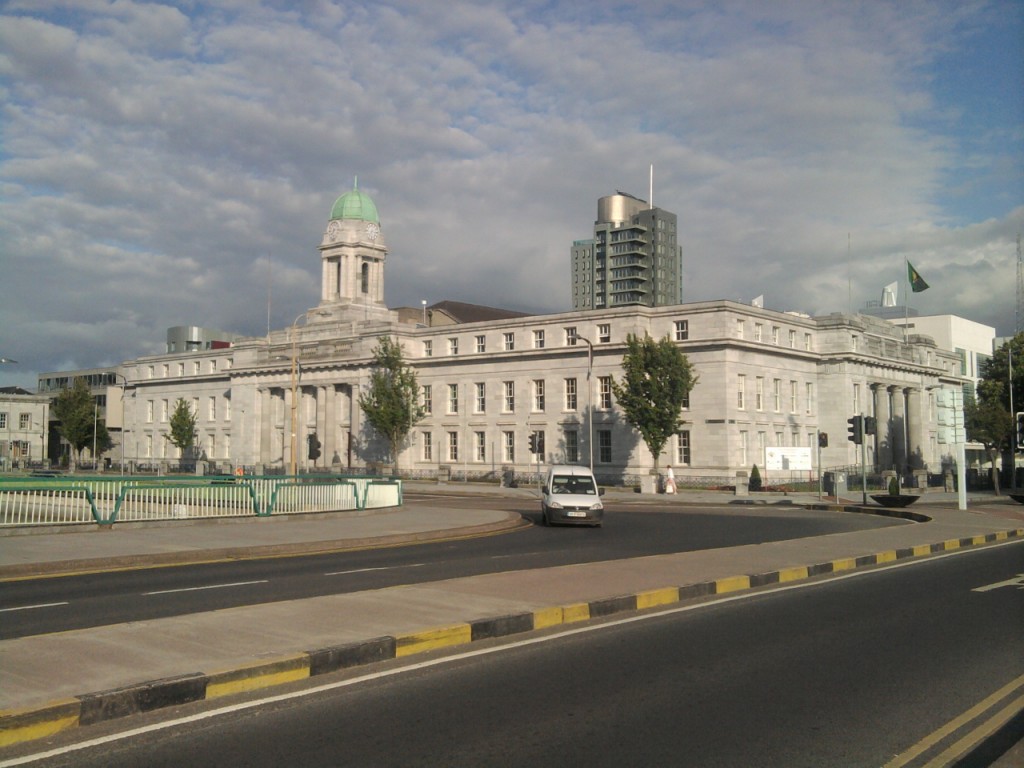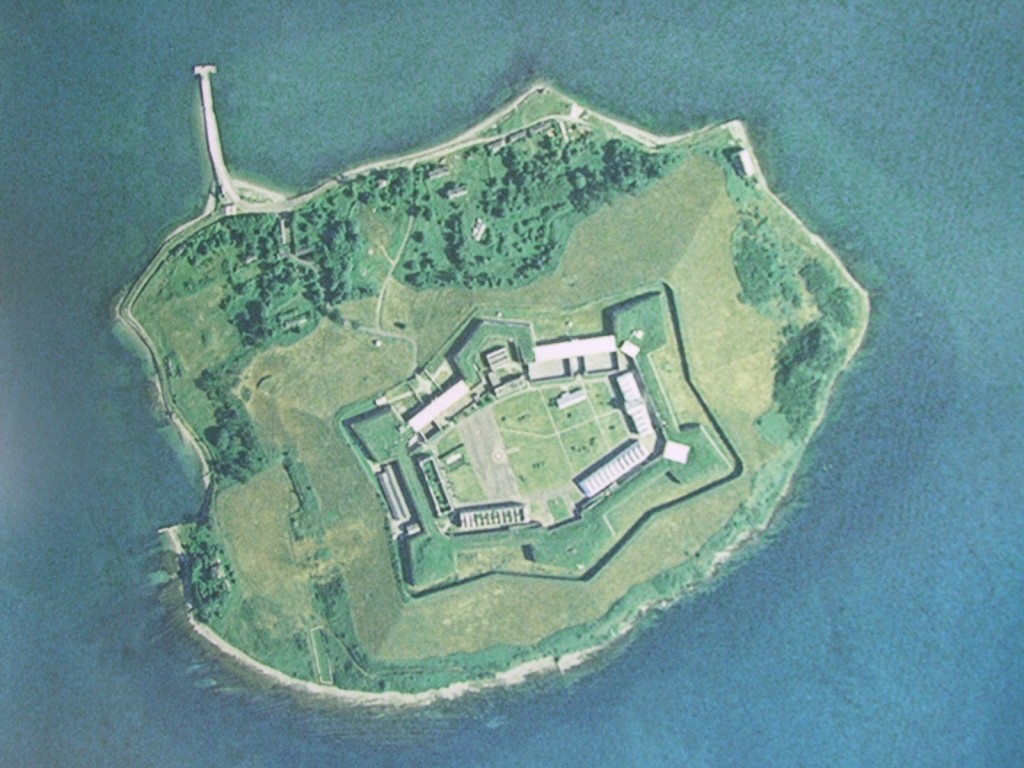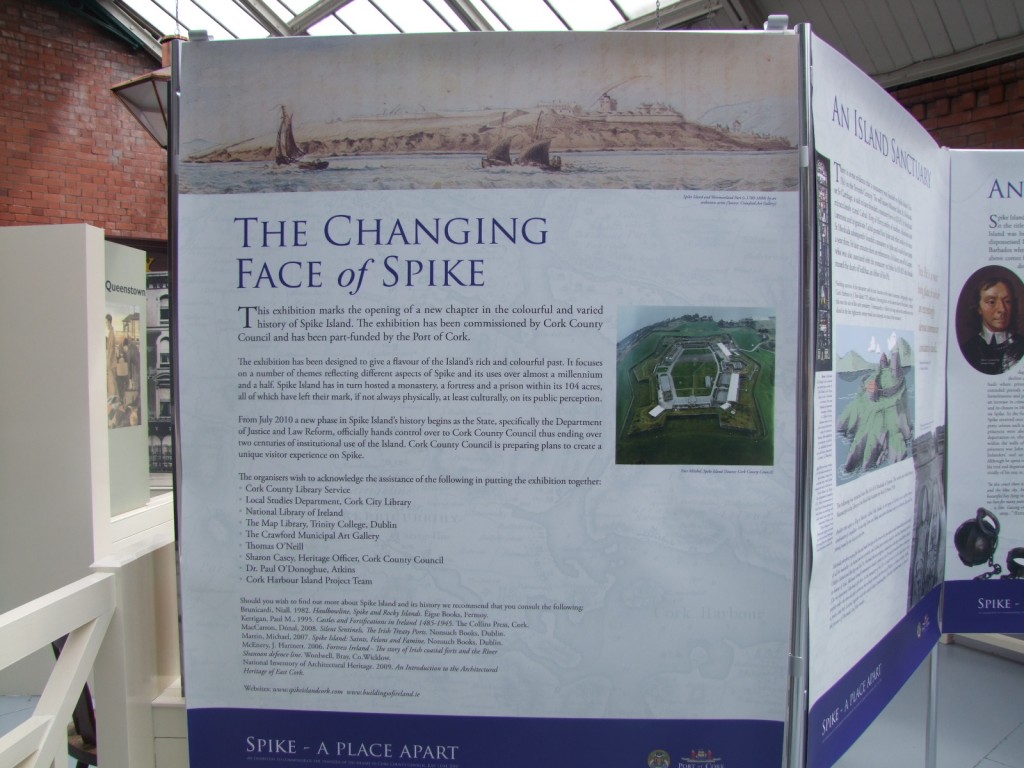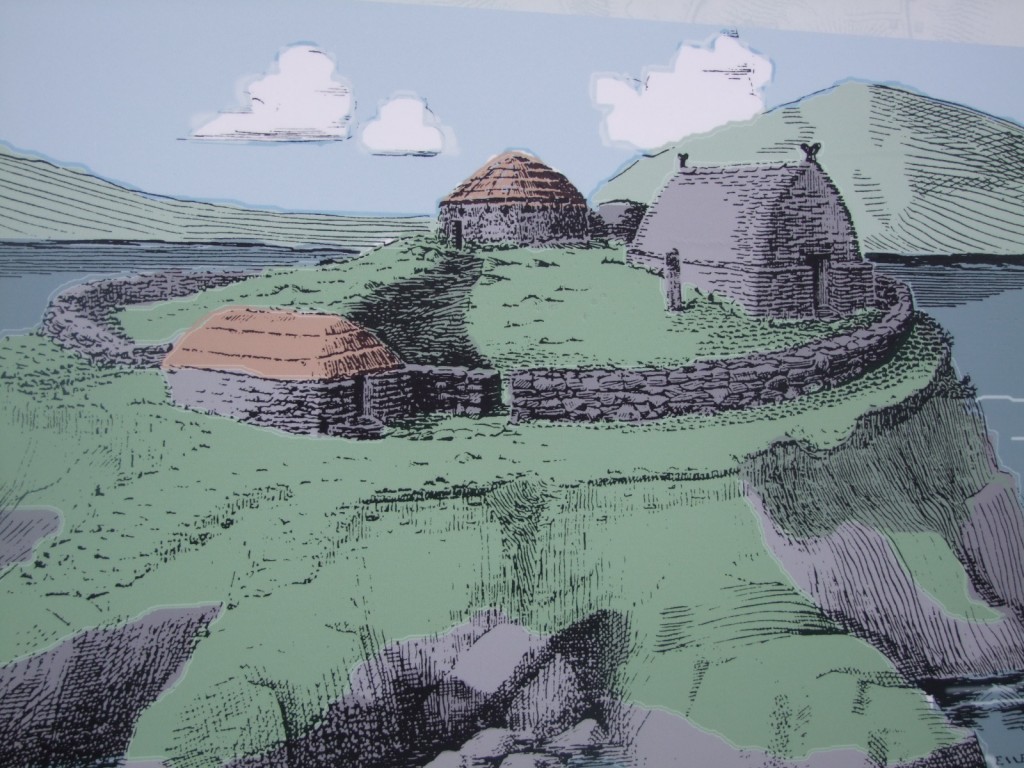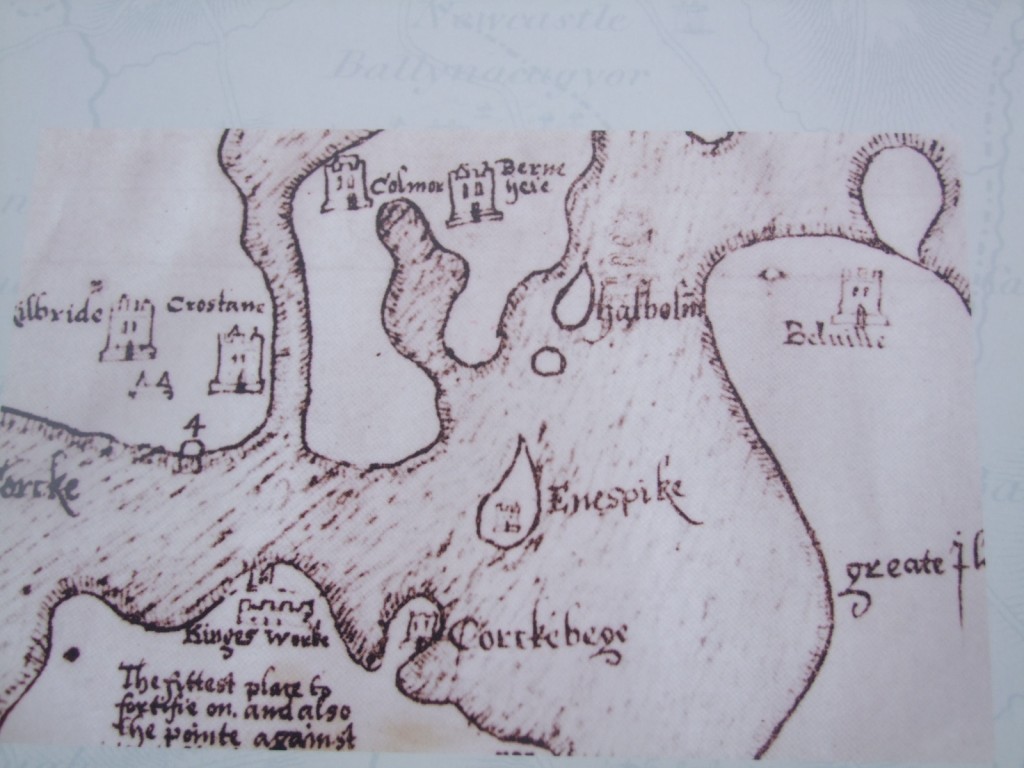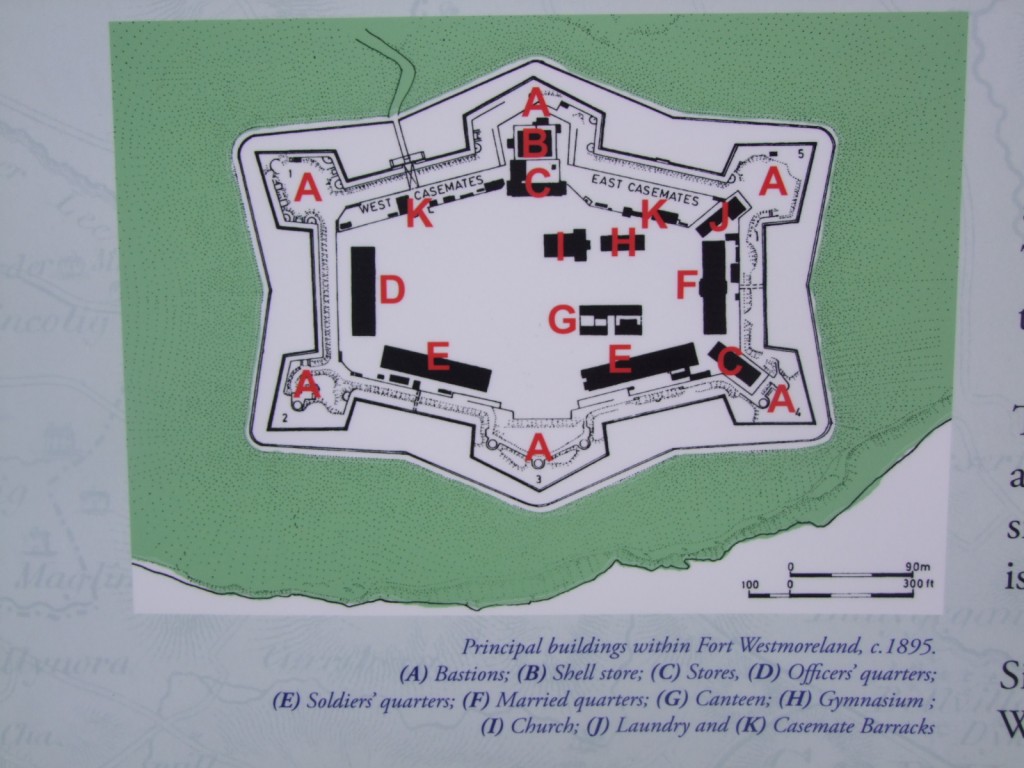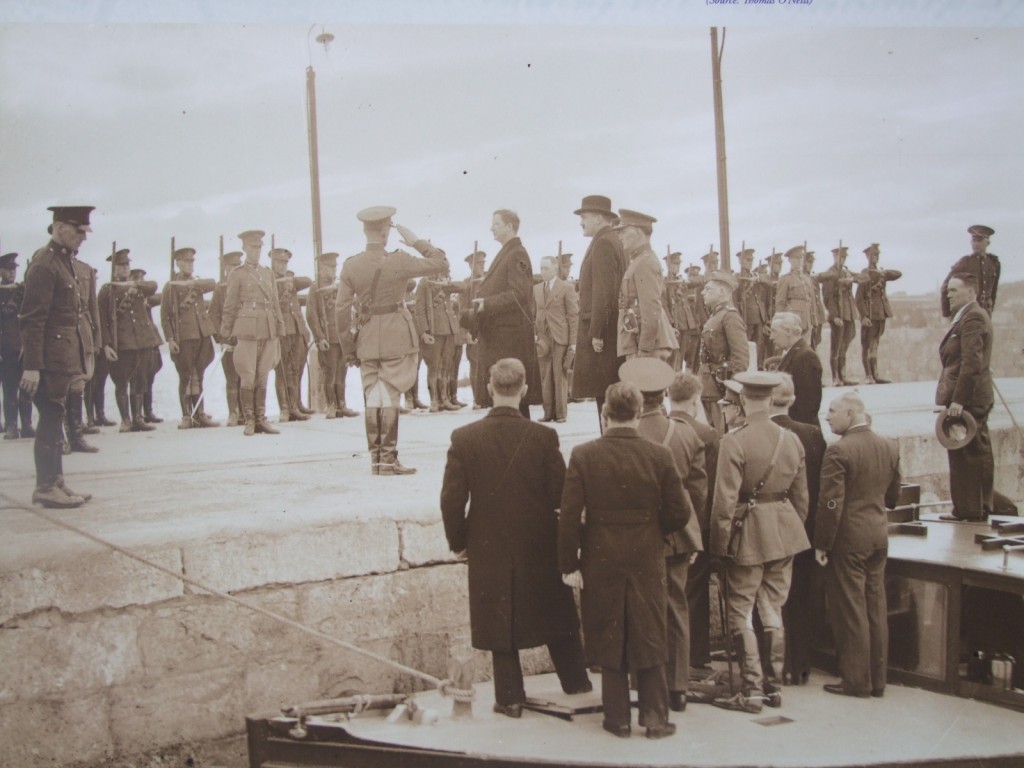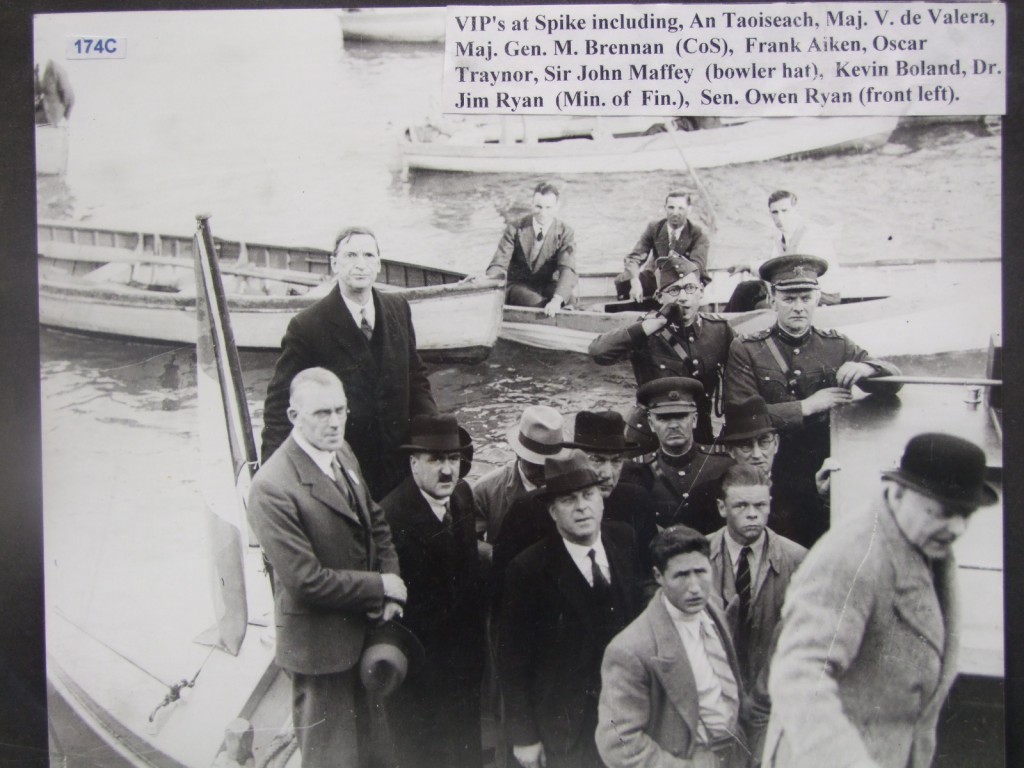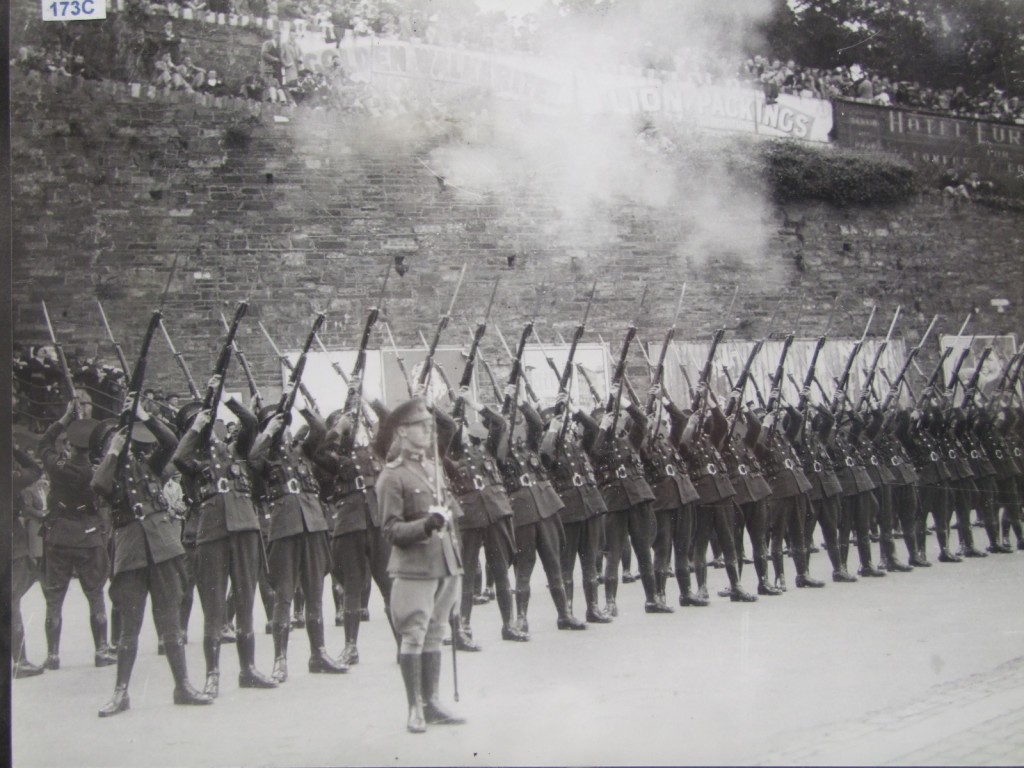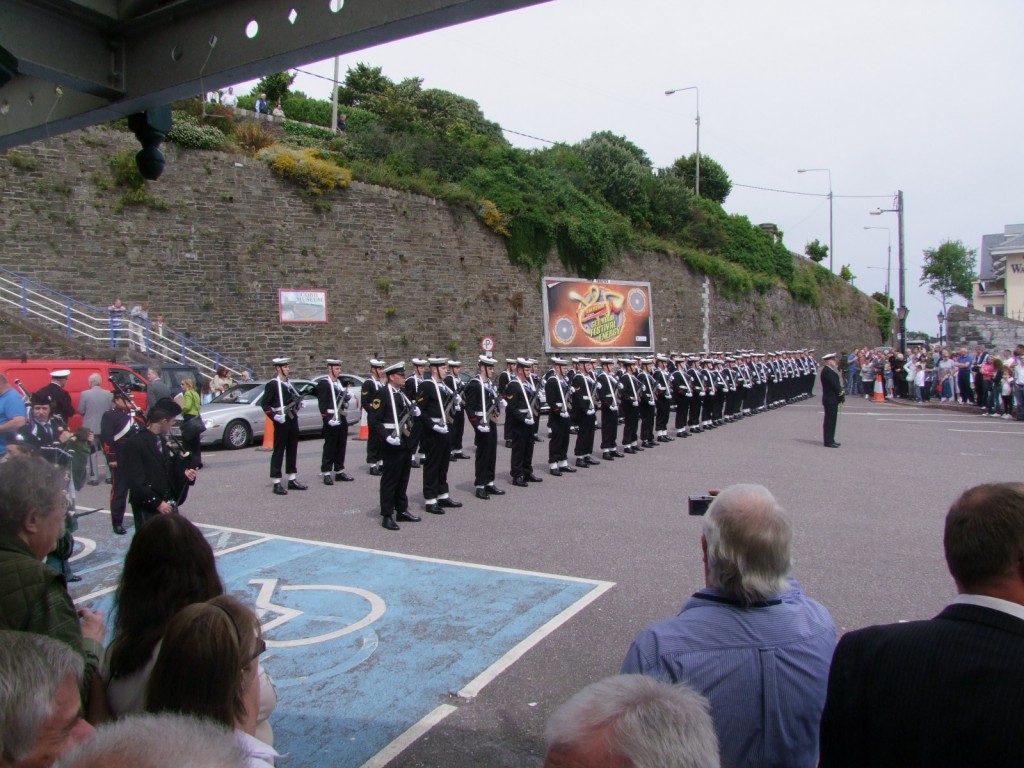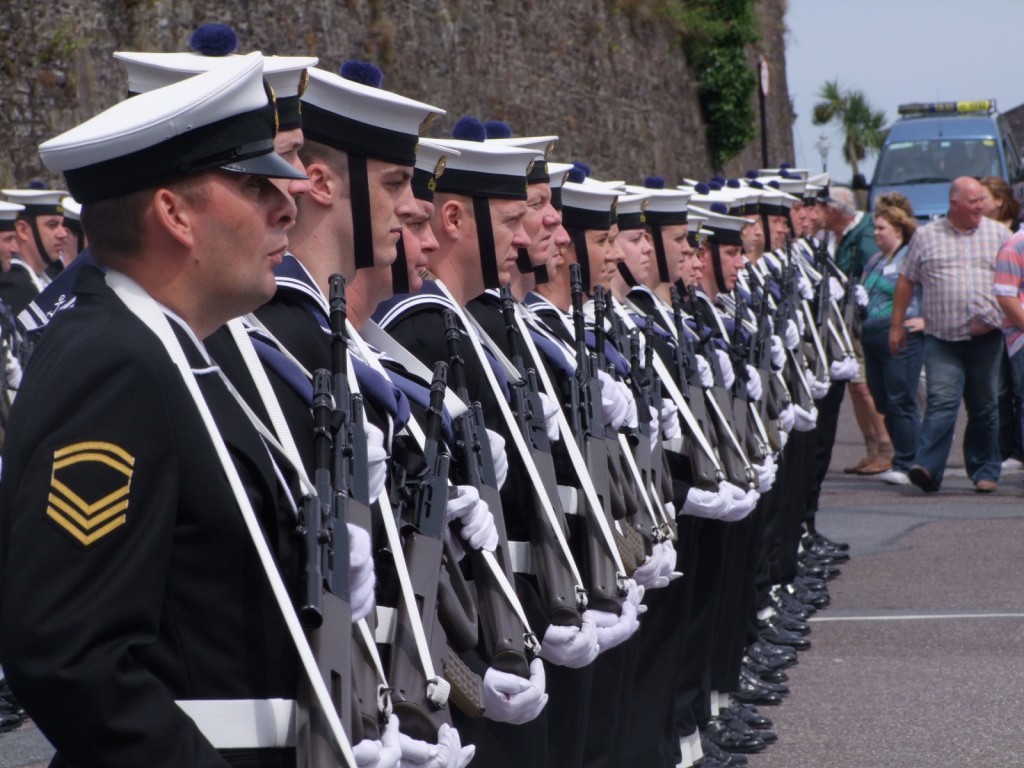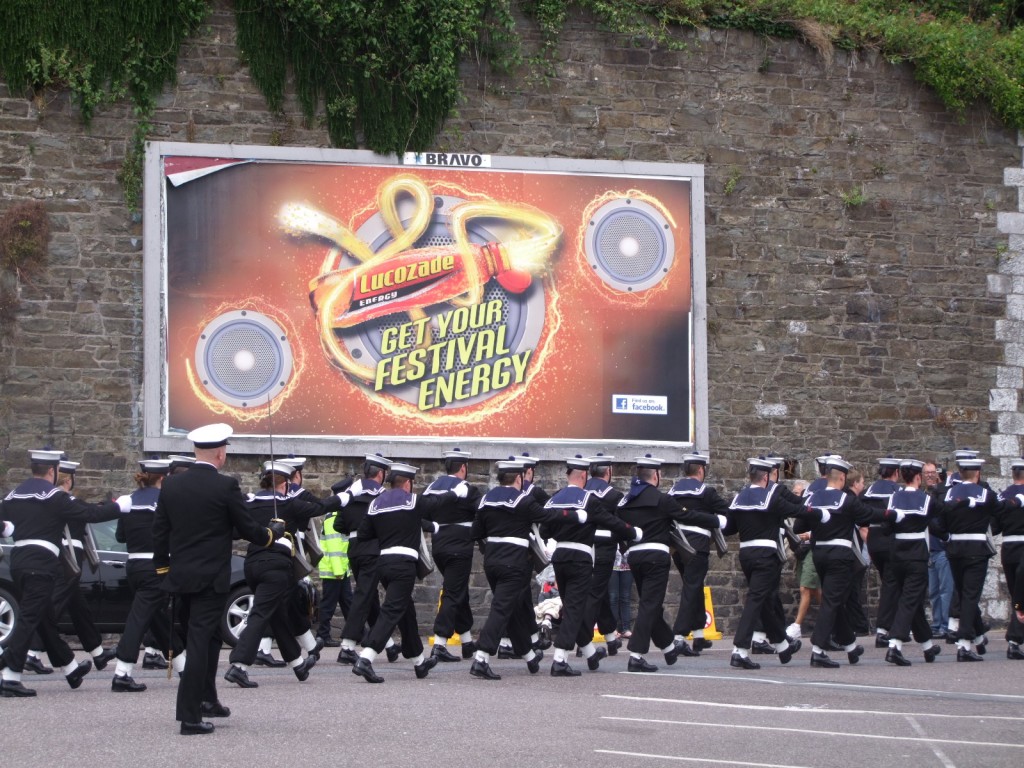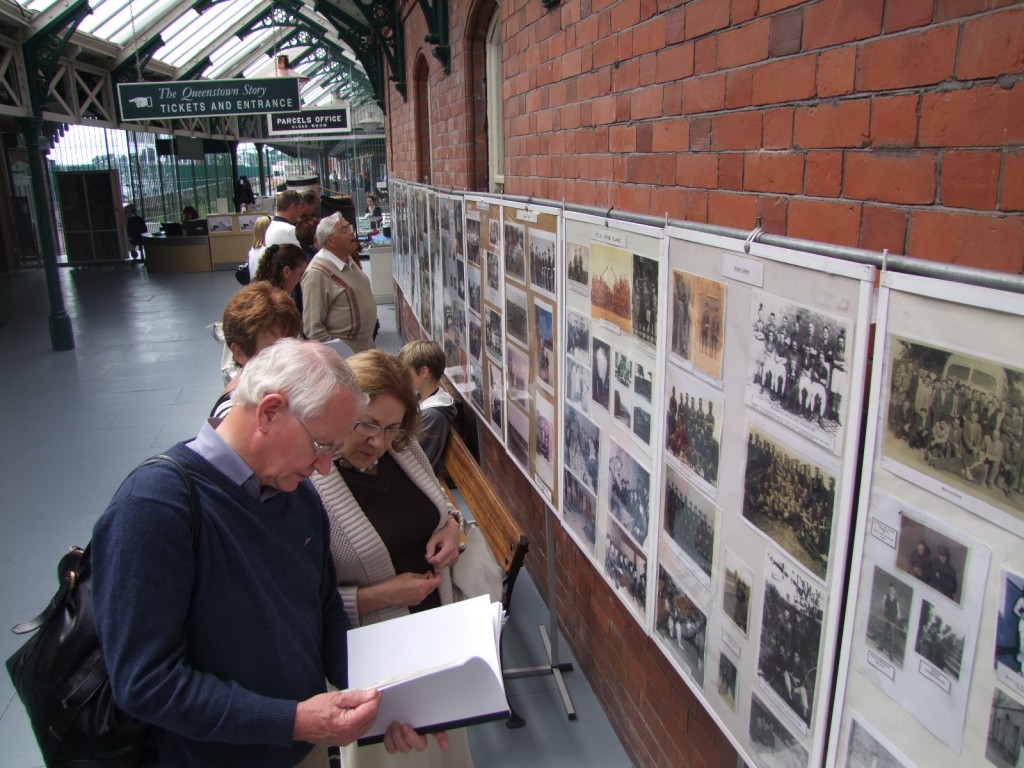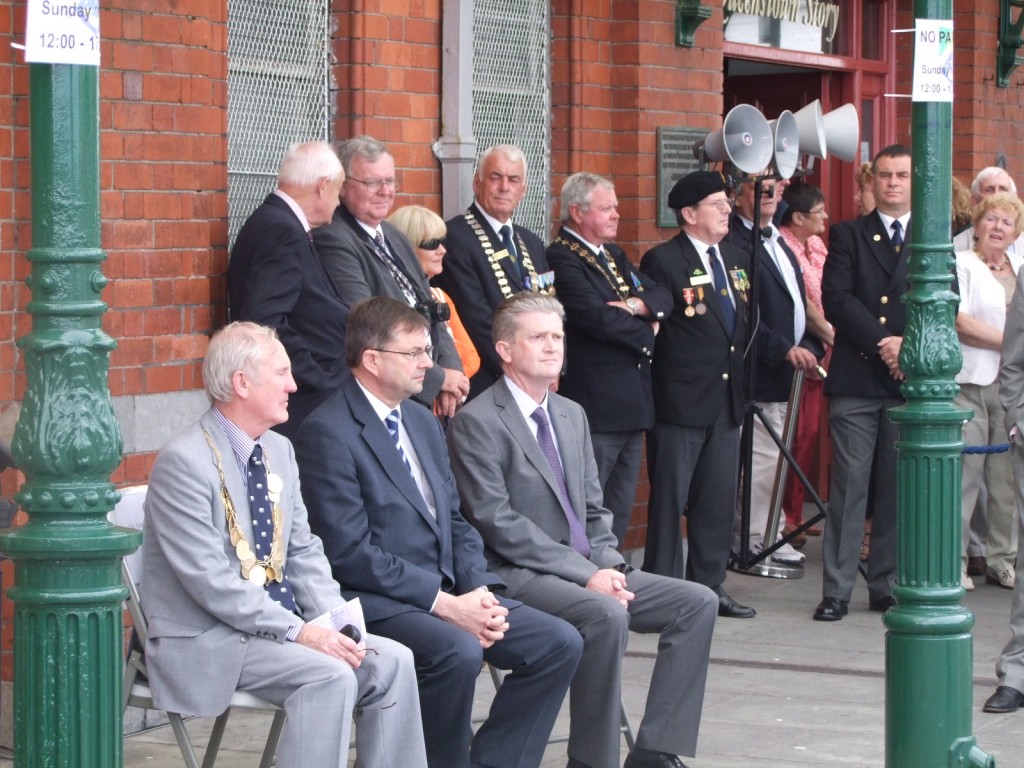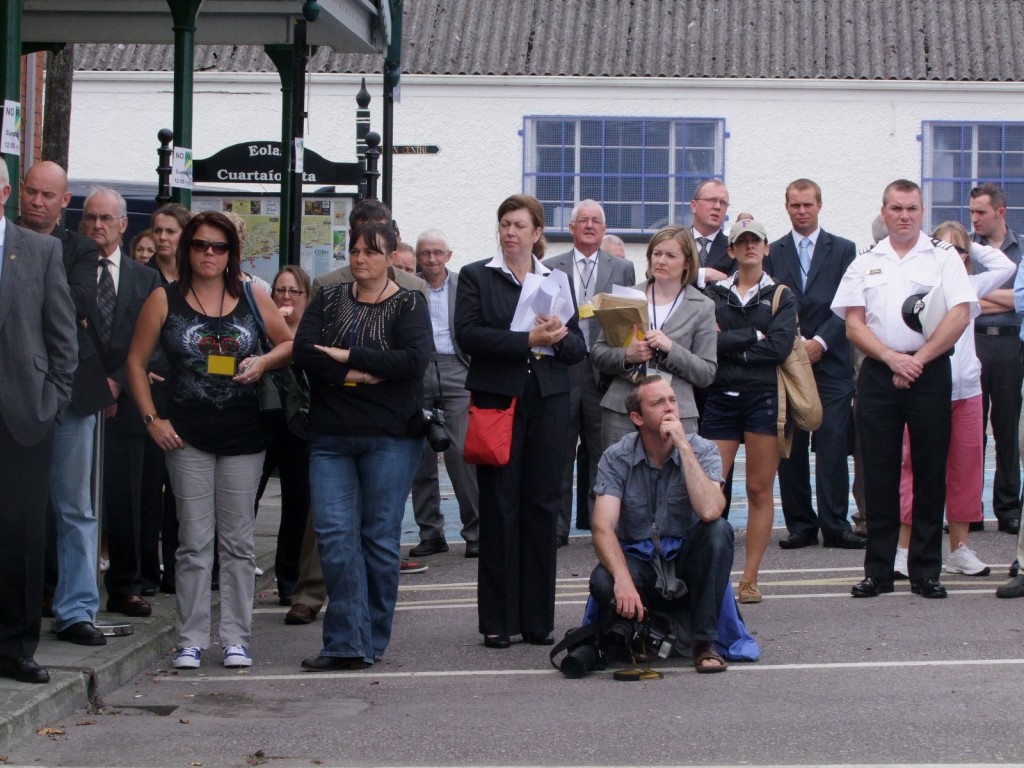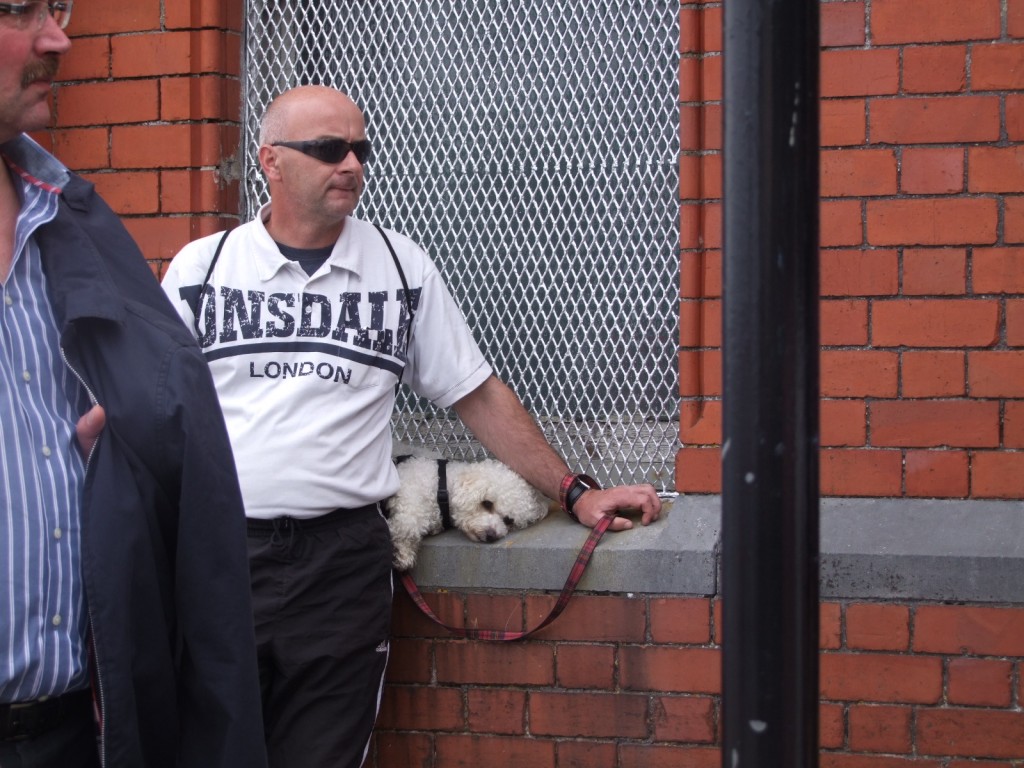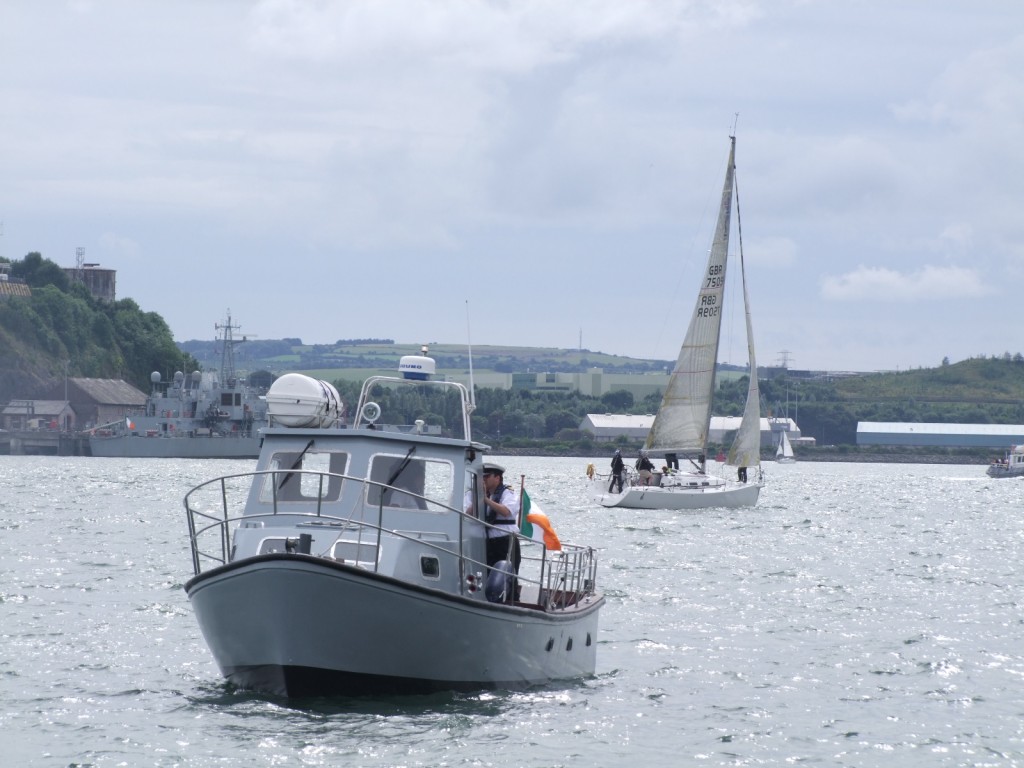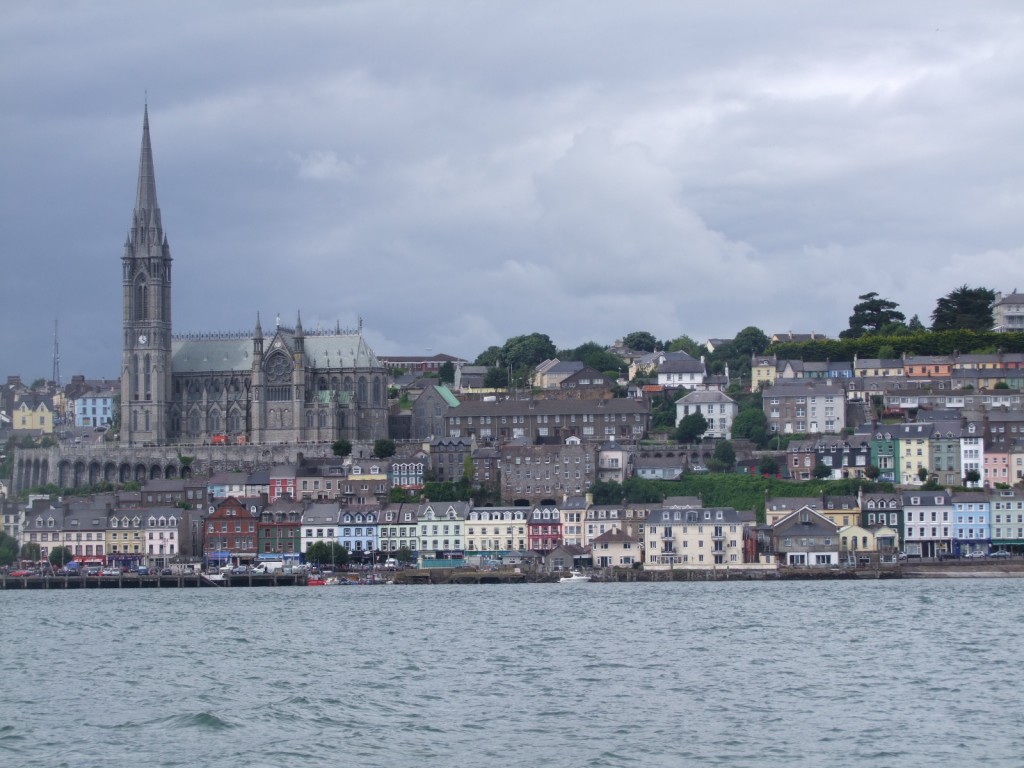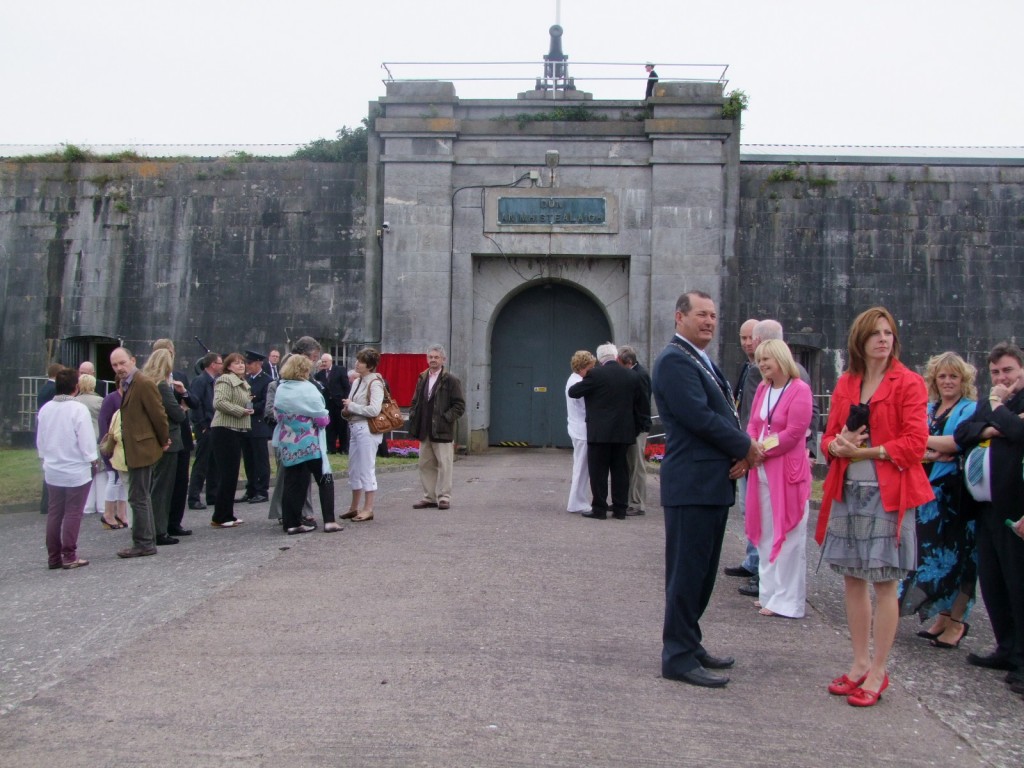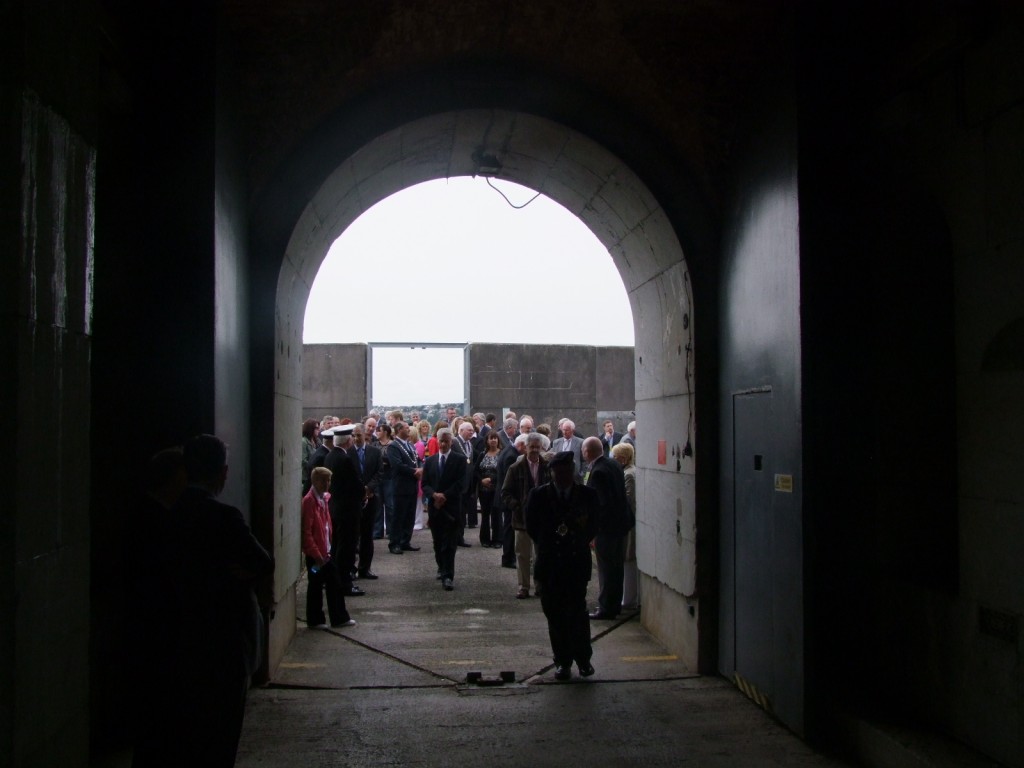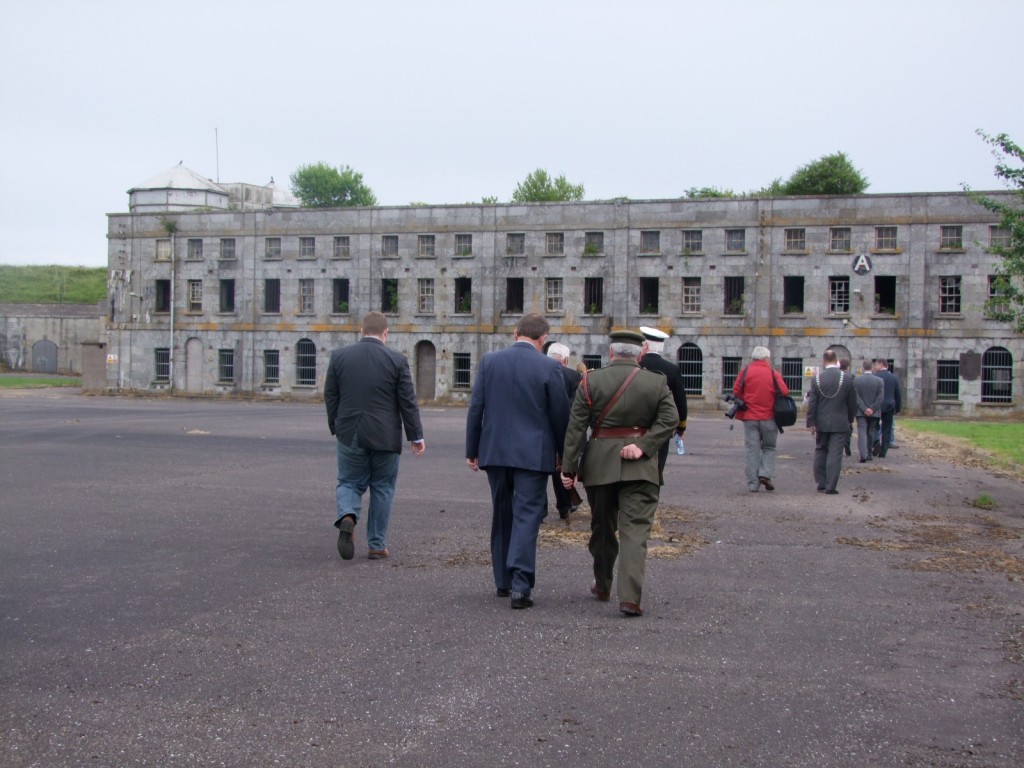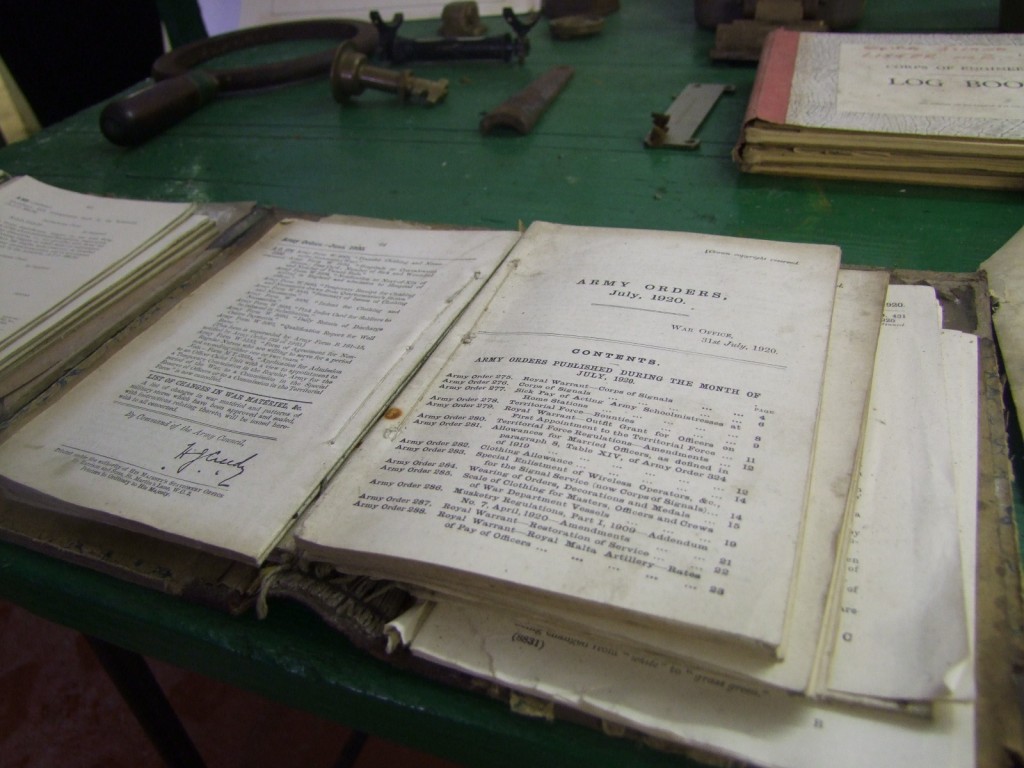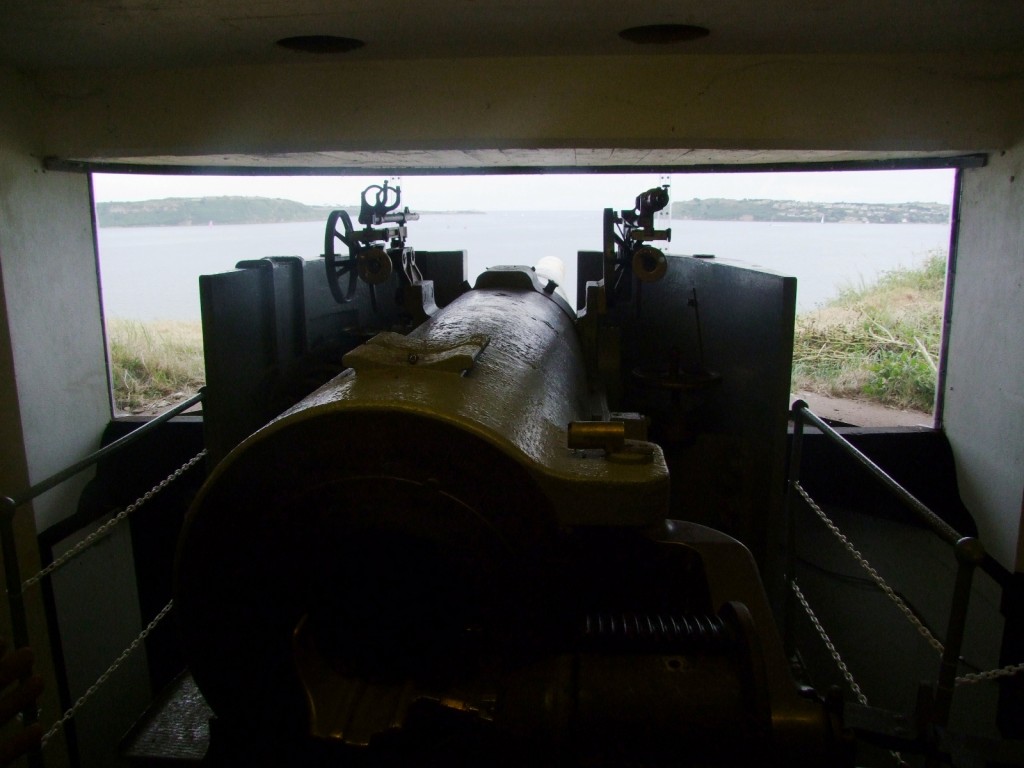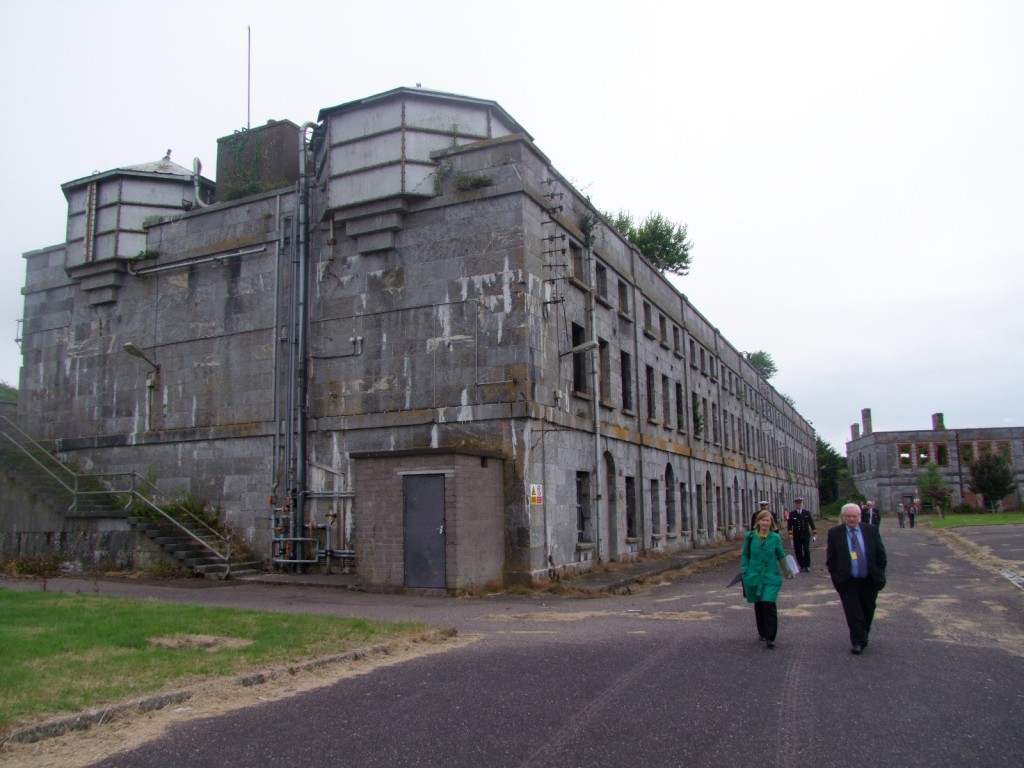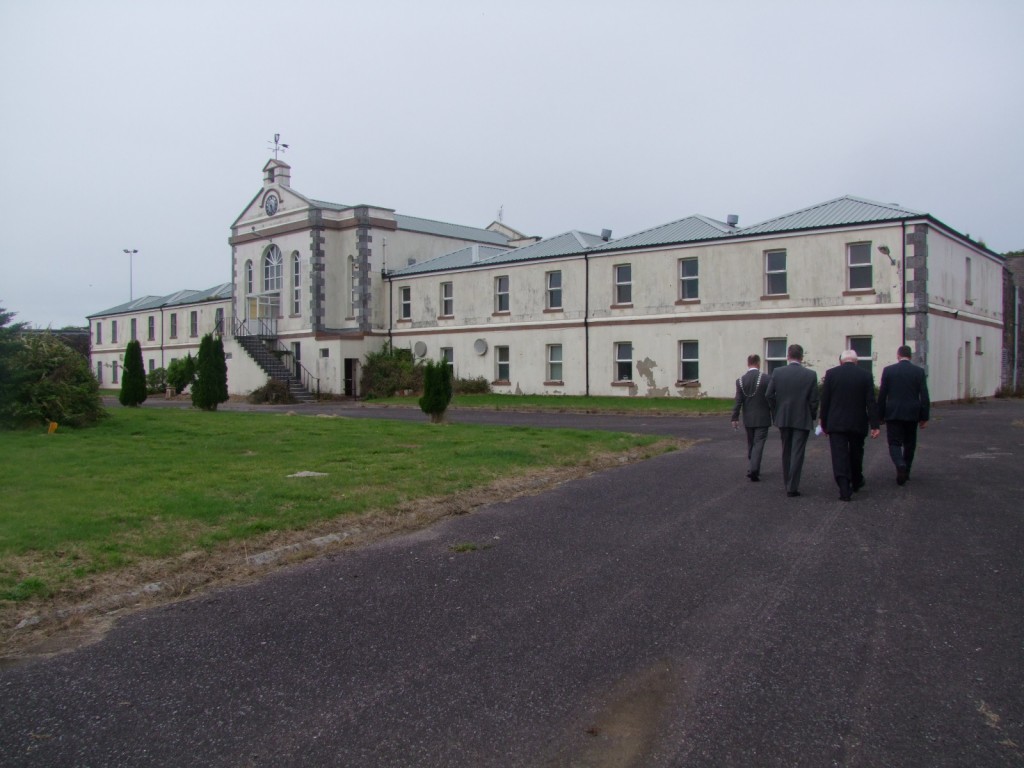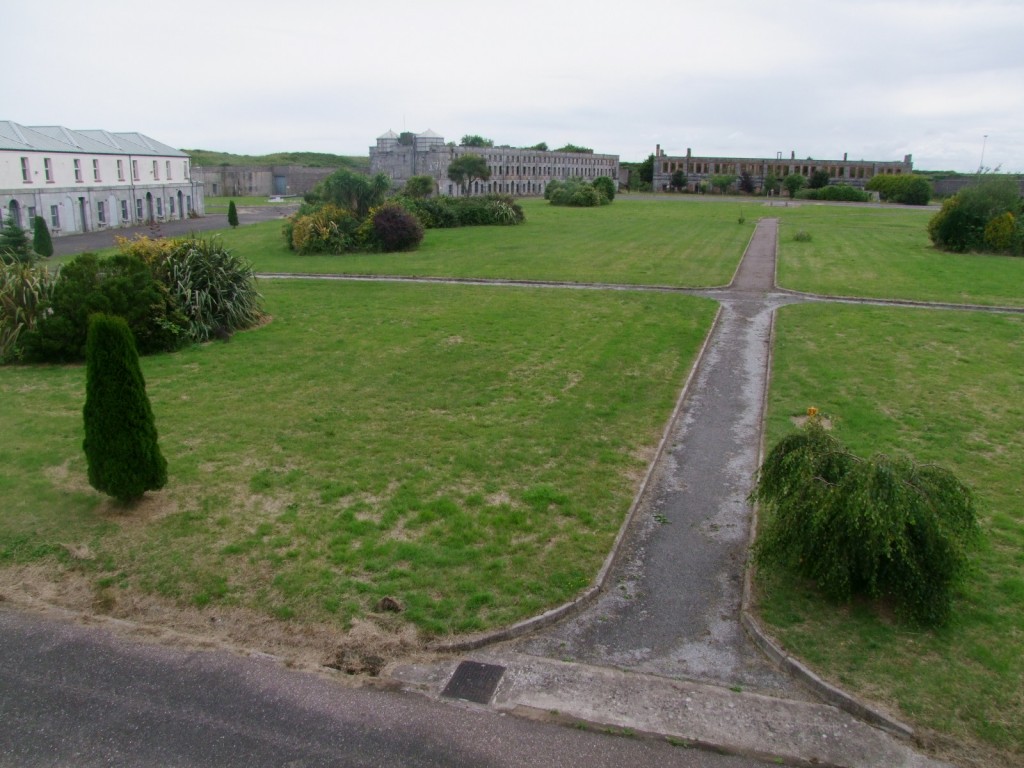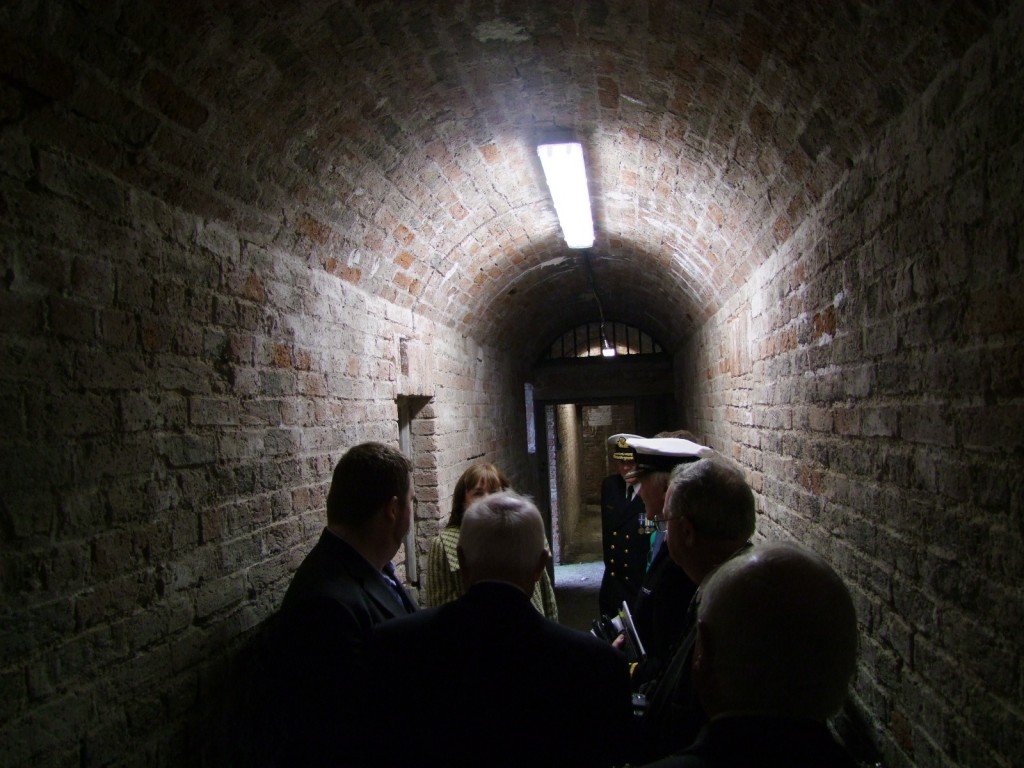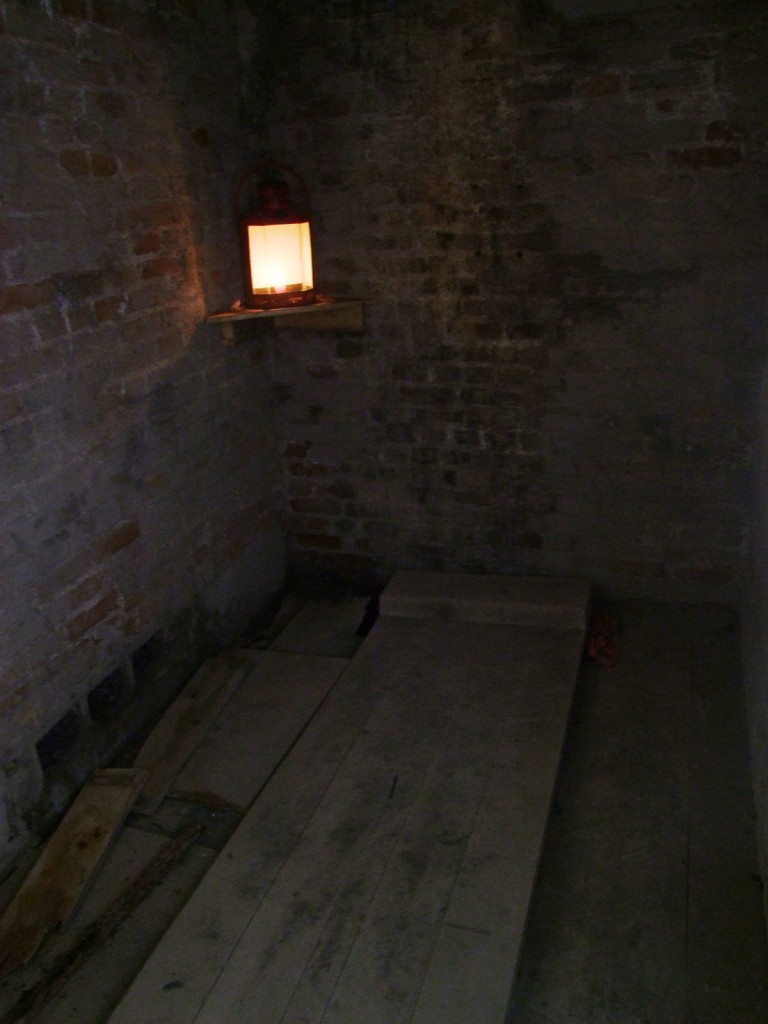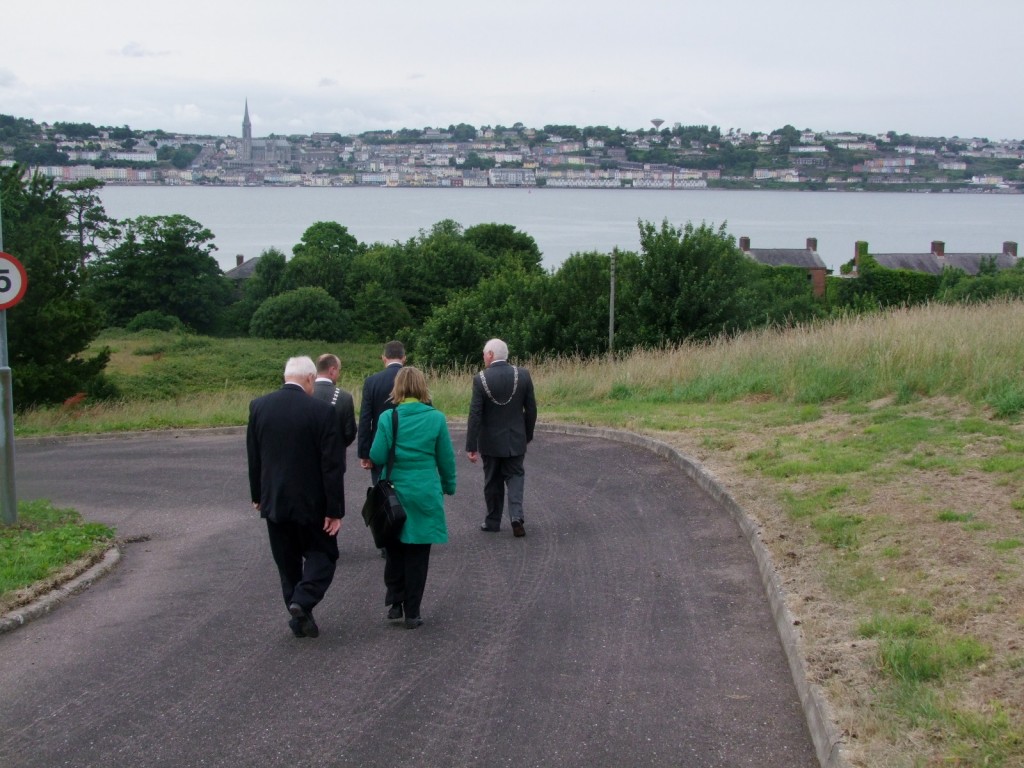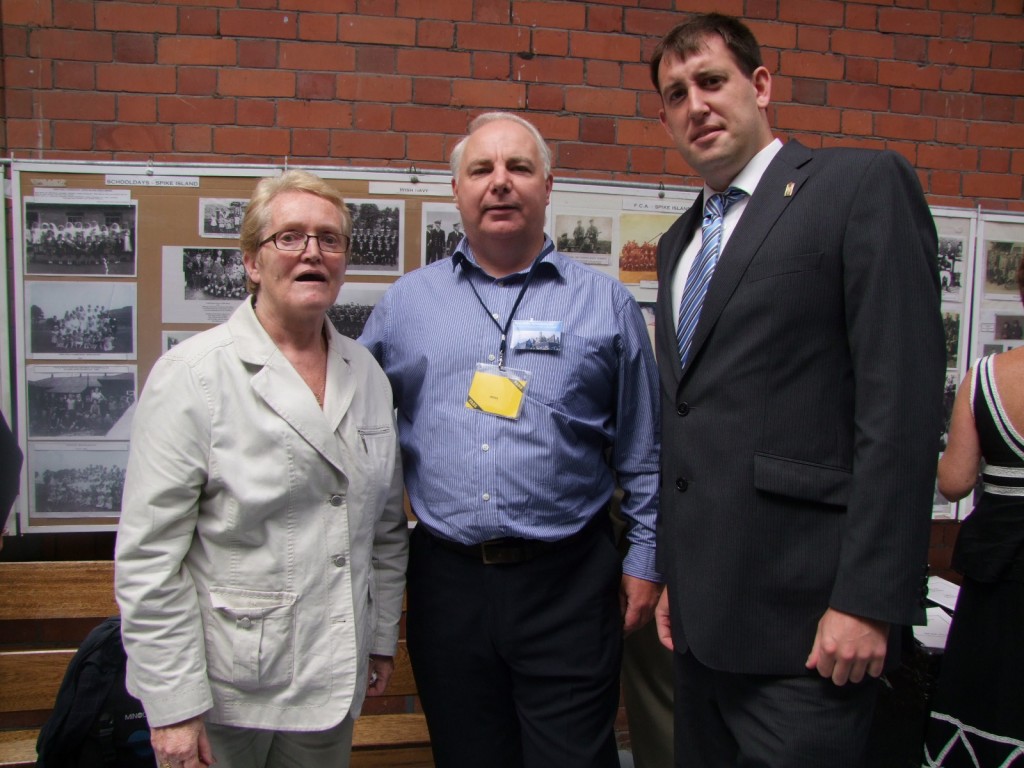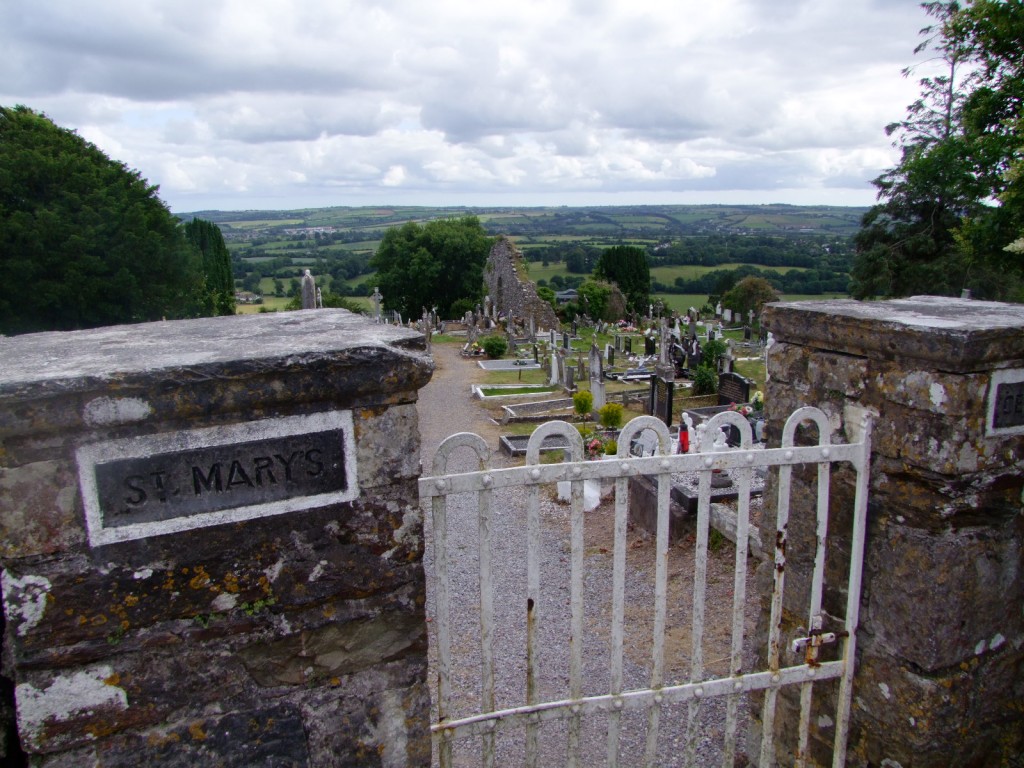
Kieran’s Our City, Our Town Article, Cork Independent
In the Footsteps of St. Finbarre (Part 222)
From Russia with Hope
Of all the graveyards I have passed through in the Lee Valley, Currykippane is one where humanity teems from it. The multiple signs or love and affection for loved ones stand out in this cemetery. Couple that with its location overlooking the river’s entrance to Cork City and views eastwards along the valley and south to the lush fields makes this an enormous site of memory.
As well as individual and family plots, there is a large famine burial pit in the eastern part of the graveyard. There is a plot for students of UCC and a plot where many of the burials are 1950s. However, I was unable to ascertain who the plot represents (any answers to Kieran?).Outside the south eastern corner a Jewish burial ground can be seen.
According to UCC historians, Dermot Keogh and Diarmuid Whelan in their tribute to Gerald Goldberg, the Jewish community in Cork have had a presence in Cork since at least the early eighteenth century. The first wave of Jewish emigration to Cork was in 1772 with the influx of a small community of Sephardic Jews from Portugal. Relatively little is known about this first community. Although they did not have a synagogue, a burial ground was discovered at Kemp Street, to the back of the present synagogue on number 10, South Terrace, Cork City.
Geraldine Healy in research in the Northside Folklore Project’s The Archive reports that in Cork records for 1801, Isaac Solomon was one of the few Jews in Cork as the new century opened. He traded as a silversmith and jeweller, on St. Patrick’s Street, specialising in small items, such as spoons and cream jugs. There was a Solomon Hymes (Hyams) umbrella maker, working in Blackpool, in the year 1810. His son carried on the family business in 1845 and transferred the business in 1870 to 64 North Main Street.
There was an increase in Jewish immigration to Ireland during the late nineteenth and early twentieth centuries. In 1871, the Jewish population of Ireland was 258. By 1881, it had risen to 453. Most of the immigration up to this time had come from England or Germany. In the wake of the Russian pogroms there was increased immigration, mostly from Eastern Europe (in particular Lithuania). The pogroms of the 1880s took place during the period of unrest which prevailed in Russia after the assassination of Czar Alexander II by members of the revolutionary organization Narodnaya Volya on March 13, 1881. Anti-Jewish circles spread a rumour that the czar had been assassinated by Jews and that the government had authorized attacks on them. The pogroms at first also received the support of some revolutionary circles, who regarded this action as a preliminary awakening of the masses which would lead to the elimination of the existing regime. The Jews of Russia were the victims of three large-scale waves of pogroms. These occurred between the years 1881 and 1884, 1903 and 1906, and 1917 and 1921.
By 1901, there were an estimated 3,771 Jews in Ireland, over half of them residing in Dublin. By 1904, the total Jewish population had reached an estimated 4,800. New synagogues and schools were established to cater for the immigrants, many of whom established shops and other businesses. Many of the following generations became prominent in business, academic, political and sporting circles.
Circa 2,000 Jewish people arrived in Ireland between the years 1880 and1910. Many were of Lithuanian origin from districts such as Vilna and Kovno and Ackmeyan. A revived congregation in Cork was formed at the close of 1881 and Meyer Elyan of Zagger, Lithuania was appointed Shocket, Reader and Mothel. The community had close links with those of Dublin and Limerick. The initial group of Jews worked mostly as peddlers, selling door-to-door. They were known, amongst each other, as the vicklemen (vickle means weekly in Yiddish, and their door-to-door rounds took roughly a week). They would travel around Cork City and its hinterland knocking on doors and selling various things to the local Catholic farming community.
Several of the earliest arrivals from a cluster of shtetls in north-western Lithuania settled in a group of recently constructed dwellings called Hibernian Buildings, Monarea Terrace and Eastville off the Albert Road, c.1880. Much of the streetscape is as it was more than a century ago when the first Litvaks arrived. Hibernian Buildings, built by the O’Flynn Brothers who were based in Blackpool, was a triangular development of a hundred or so compact and yellow brick on street dwellings. Each unit consisted of four rooms, including a bedroom up in the roof. Seventy Jews prayed in a room in Eastville. About the year 1884, a room was rented in Marlborough Street from the Cork Branch of the National League. A synagogue was fitted up in the offices there. Premises were finally acquired at 24 South Terrace. The number of Jews in the city and county combined rose from twenty-six in the year 1881 to 217 in the year 1891. The Cork Jewish Community acquired the ground for the Jewish Cemetery in Currykippane in 1885 to serve the growing immigrant community.
To be continued…
Captions:
550a. St. Mary’s Cemetery, Currykippane, July 2010 (pictures: Kieran McCarthy)
550b. Hibernian Buildings, Albert Road, Cork
